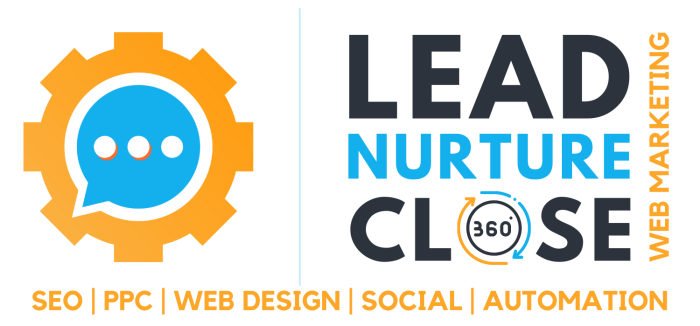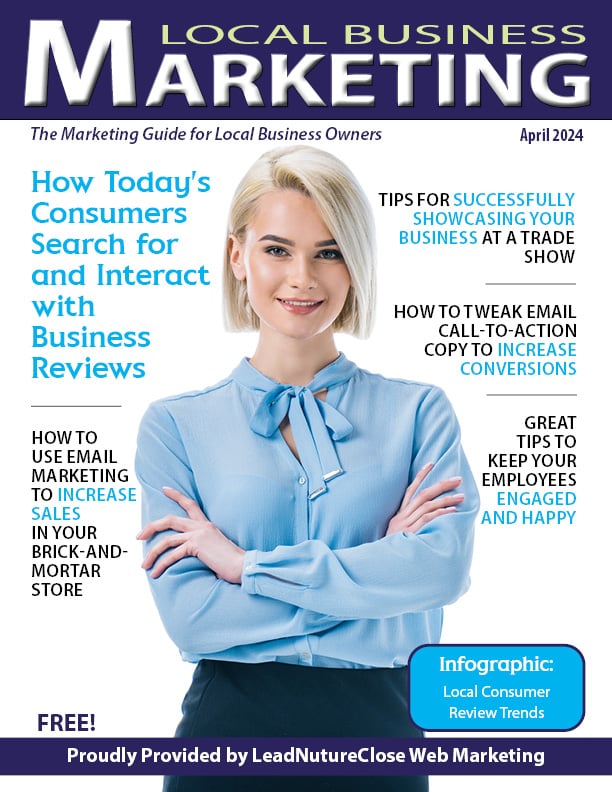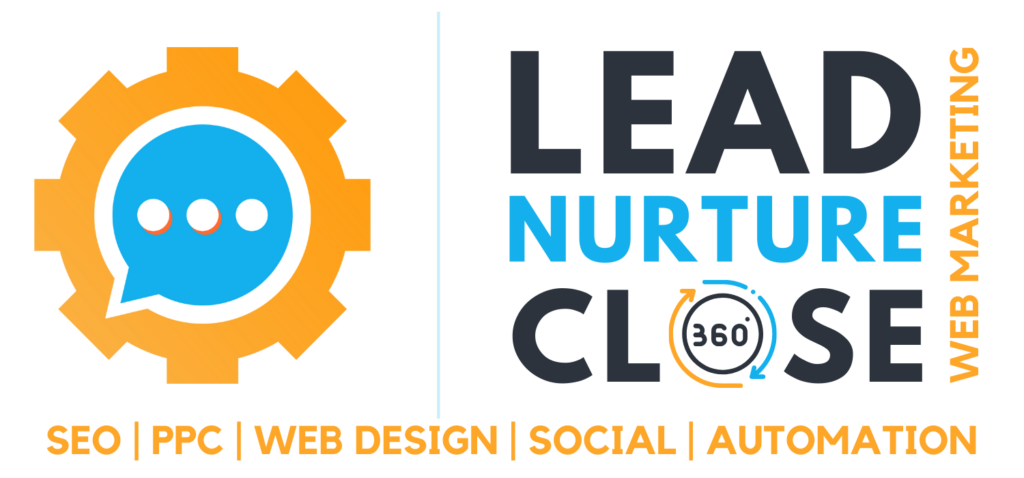Clear messaging is essential to stand out among countless marketing emails competing for consumers’ attention. According to a recent report, clear email marketing messages have a 17 percent higher click-through rate than confusing ones.
This is where the six Cs of clarity come in, which stand for comprehensible, consistent, coherent, compelling, customized, and credible. By being clear in all six areas of communication, you can create more engaging messages that lead to better results for your email campaigns.
This guide looks more closely at the meaning and importance of the six Cs and shows how to incorporate them into your email messages. Keep it handy as a blueprint for campaigns to improve engagement and strengthen customer loyalty.
The six Cs of clarity are:
1. Comprehensible: Clarity of Purpose and Message
Definition of comprehensible: able to be understood.
Clarifying the purpose of each email enables you to focus on your main objective and tailor your copy accordingly, which helps ensure that your messages are easily understood. It also makes them more memorable, which increases the likelihood that readers will respond emotionally and take action.
Tips to make your emails more comprehensible:
- Know exactly what you want to communicate before creating any email: Are you selling something, promoting an event, or sharing info? Be crystal clear.
- What do you want readers to do after reading your email? Keep in mind the end goal.
- Keep subject lines short, concise, and laser-focused on the content of the email.
- Draw readers in by starting with a headline that packs a punch and amplifies your message.
- Make sure the copy is centered around your main goal, and discard any irrelevant or surplus information.
- Make it easy to understand with straightforward, jargon-free language.
2. Consistent: Clarity of Tone of Voice and Brand Identity
Definition of consistent: always behaving or happening in a similar, especially positive, way.
A consistent tone of voice makes your content recognizable, reinforces your brand identity, and helps build trust with your audience. It also gives customers a consistent experience wherever they encounter your content. Using a consistent tone creates a professional image, helps you stand out, and also makes you sound more authentic, which can strengthen customer loyalty.
Tips to make your emails more consistent:
- Use the same email template, sender name, email address, colors, and fonts.
- Create a style guide outlining your company’s values and personality. Make sure all team members stick to it.
- Keep your email frequency consistent to avoid overwhelming your audience.
- Use the same email signature for all emails.
- Proofread and edit your emails to ensure consistency in grammar and formatting.
3. Coherent: Clarity of Formatting and Design
Definition of coherent: logically or aesthetically ordered.
Disorganized email content can confuse and disengage readers, causing important information to be missed. When the body of your email follows a logical order, it helps readers easily comprehend your message and improves its persuasiveness. A visually appealing email is also more likely to capture the reader’s attention and keep them engaged.
Tips to make your emails more coherent:
- To make reading easier, use sans-serif fonts such as Arial, Helvetica, or Verdana.
- Keep the font size between 12 to 14 points, with headings slightly larger.
- Use bold and italics sparingly to emphasize key information.
- Avoid long paragraphs and use subheadings for easier navigation.
- Use bullet points or numbered lists to highlight important information.
- Include plenty of white space to make emails visually appealing.
- Use a consistent color scheme.
- Make sure images or graphics are relevant and high quality.
- Use left-aligned text.
4. Compelling: Clarity of Call to Action and Benefits
Definition of compelling: strongly or irresistibly evoking interest or attention.
When reading an email, people typically look for the benefits that the email will bring them. If your call to action is unclear or buried within the email, you risk losing the recipient’s attention and missing out on potential conversions. Crucially, you need to make it clear how readers will benefit from taking further action.
Tips to make your emails more compelling:
- Use language that speaks directly to the reader’s pain points.
- In any call to action, use active language and strong action verbs. For example, “Claim your discount now” is better than “Find out about the discount here.”
- Place the call to action above the fold and also at the end.
- Use bold or contrasting colors to make the call to action stand out.
- Use specific language highlighting the key benefits that readers will gain from taking further action.
- Highlight what makes you different from competitors.
- Focus on how readers will benefit from your product or service instead of just highlighting its features.
- Insert customer testimonials to provide social proof.
- For offers, provide a deadline or expiration date to create a sense of urgency.
5. Customized: Clarity of Target Audience
Definition of customized: made or fitted to the needs or preferences of a specific customer.
Take the time to understand your audience. According to a Salesforce report, 66 percent of consumers expect brands to understand their individual needs. Find out what your readers really care about through customer service feedback and social listening. You can then create more customized content that directly addresses their interests and helps them overcome challenges.
Tips to make your emails more customized:
- Use email surveys to get to know your audience’s preferences, interests, and pain points.
- Segment your list based on demographic and behavioral data.
- Send offers based on the recipient’s past purchases or interests.
- Use triggered emails based on the recipient’s behavior, such as abandoned cart emails or re-engagement emails.
- Use segmentation to create specific campaigns for different types of customers, such as frequent purchasers or new subscribers.
- Personalize subject lines with the recipient’s name.
6. Credible: Clarity of Sender
Definition of credible: able to be believed or trusted.
A consistent sender name and email address are key to building and maintaining customer trust. Suspicious or unclear sender information can make the email look like spam.
Tips to make your emails more credible:
- Use an email address that includes your business’s domain name.
- Avoid using overly complex sender names or email addresses.
- Include a recognizable logo in the email signature to reinforce your business’s identity.
- Include your phone number and physical address to show that you’re a real business and are willing to be contacted.
- Include links to your social media channels.
- Provide users with a clear “unsubscribe” link.
Unlocking the Power of Clarity in Email Communication
Incorporating the six Cs of clarity into your email marketing strategy can make a world of difference in the effectiveness of your messages. By remembering these key principles, you can improve your open rates, click-through rates, and, ultimately, conversions. So, next time you’re preparing an email campaign, use the six Cs to shape your content and improve the clarity and power of your messages.

















